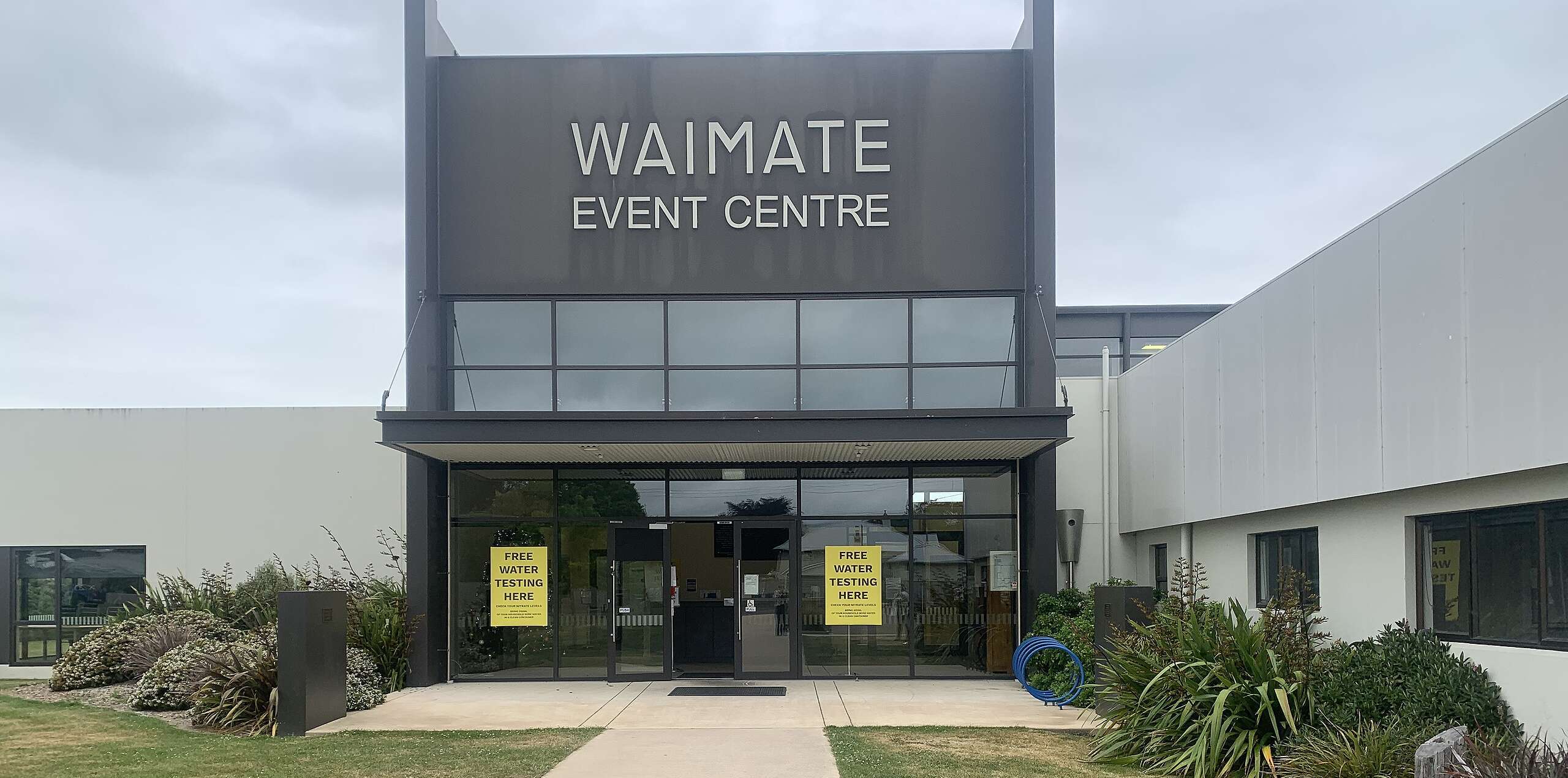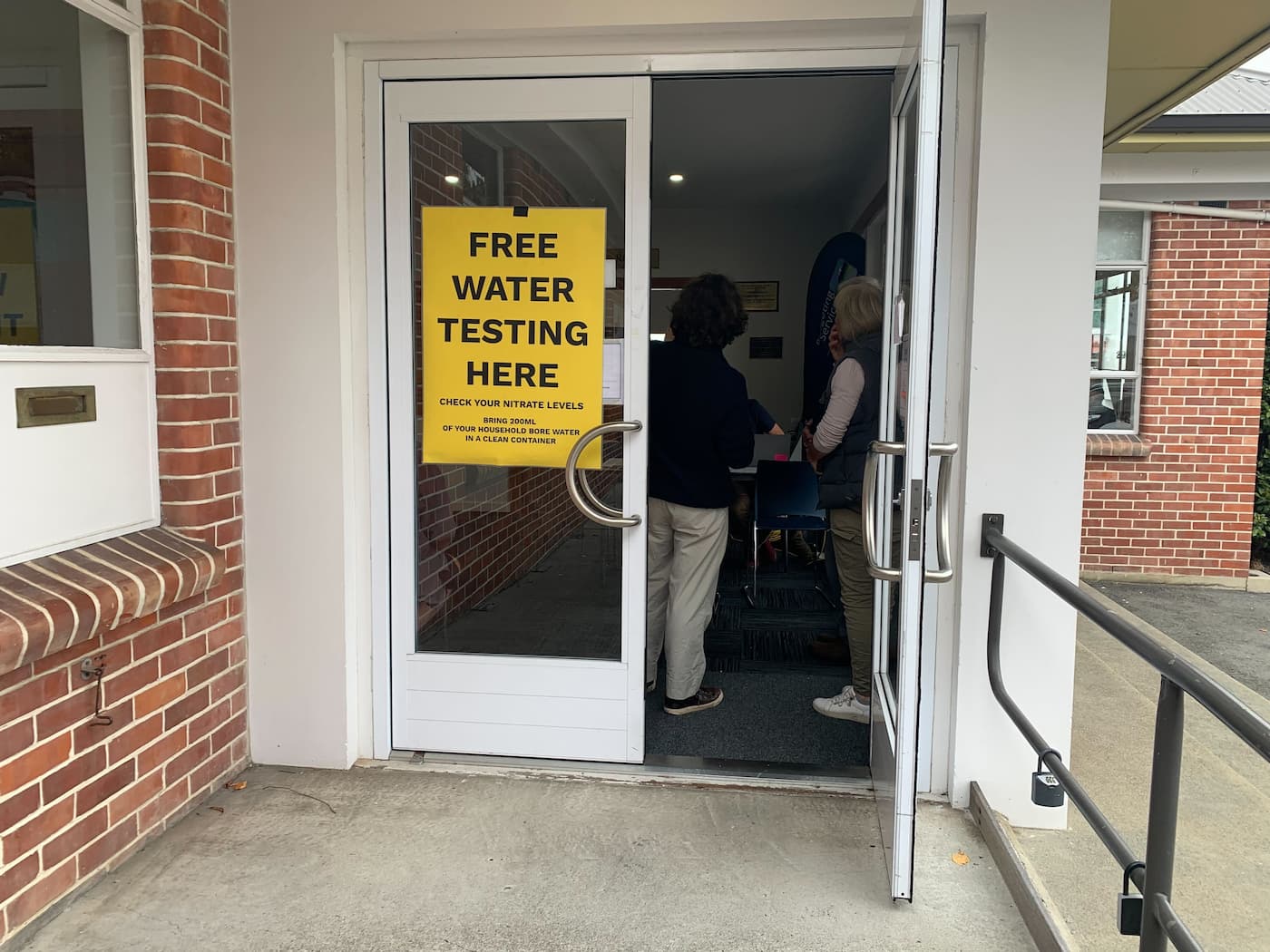Aotearoa is famous for turquoise waters and beautiful landscapes. Our ‘clean and green’ image is a unique selling point to tourists from around the world who come here to escape into the beautiful natural landscapes of their favourite fantasy movies – Lord of the Rings, anyone?
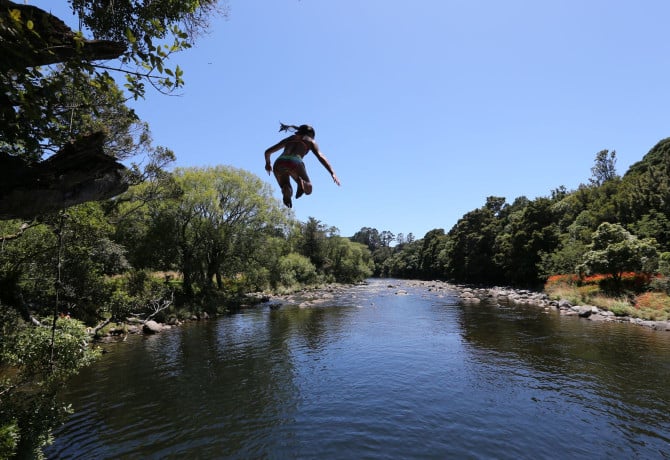
But the reality is that under the surface, New Zealand’s natural environment is far from pristine. That’s because the intensive dairy industry is polluting lakes and rivers, destroying precious ecosystems, and damaging the climate with superheating methane gas.
Since the 2023 elections, the intensive dairy industry has been silently taking control of environmental policy, rewriting the rules to avoid accountability for their pollution. But how bad is it, really?
A crisis for rivers and drinking water
Half of all of New Zealand’s lakes are polluted. Ninety percent of the country’s wetlands are destroyed. According to the Ministry for the Environment’s Our Environment 2025 report, most native freshwater fish and bird species are threatened with extinction.
Fresh water is at breaking point. Two thirds of NZ’s rivers are too polluted to swim in. At the same time, once-safe drinking water is becoming increasingly contaminated with harmful nitrate. And that pollution will get worse unless it’s stopped at the source – the intensive dairy industry.
The dirty dairy industry is polluting rivers and contaminating drinking water across the country. There are too many cows on farms, and the dairy industry is dumping too much synthetic nitrogen fertiliser onto pasture. As a result, the dairy industry has contaminated rivers and groundwater across the country with nitrate pollution. In particular, regions like Canterbury, Southland, and Waikato are most at risk of this pollution.

How bad is the dairy industry’s pollution?
By 2023, Land and Water Aotearoa (LAWA) found that not a single monitored shallow lake in New Zealand was in very good condition. LAWA backed this up with additional research in 2024, which confirmed that two-thirds of monitored rivers and streams suffer from impaired ecological health. In some areas, sensitive species like mayflies are disappearing entirely. Not only this, but most monitored shallow lowland lakes – those surrounded by agriculture or urban sprawl – are in poor or very poor health.
Nitrate levels in groundwater wells are rising steadily in rural areas around Aotearoa. Hundreds of thousands of rural people rely on private bores for drinking water, and many of these are now contaminated. One hundred rural schools have nitrate-contaminated drinking water at levels which have been linked to increased risks of bowel cancer. The cause of this? Dairy industry pollution.
The situation for New Zealand’s lakes, rivers, and drinking water seems dire – and it is. But how has this happened?
Agribusiness wields the pen
In response to public pressure, the previous government introduced national freshwater regulations. But since the 2023 elections, the tide has turned. Luxon’s government – with former Federated Farmers lobbyist Andrew Hoggard now Associate Environment Minister – has launched a “war on nature” – and freshwater protections are in the firing line.
Since taking office, the government has begun a systemic and severe roll-back of the few protections in place for fresh water by:
- Preventing regional councils from putting in place strong plans to protect freshwater.
- Weakening the National Policy Statement on Freshwater Management.
- Removing controls on intensive winter grazing – a practice that leads to cows in belly-deep mud and massive sediment runoff.
- Stripping decision-makers of the ability to prioritise the health of ecosystems and communities over industrial uses, by removingTe Mana o Te Wai.
It’s not just about policy; it’s about power. Federated Farmers, DairyNZ, and Beef+Lamb New Zealand have direct access to Ministers and have successfully lobbied for last-minute changes to environmental legislation – even after the public consultation period had closed.
Cooking the climate without consequence
The intensive dairy industry’s pollution isn’t just destroying fresh water – it’s also heating the climate. Livestock methane is responsible for a huge amount of New Zealand’s climate pollution, but while every other industry in the country has to pay for their pollution through the Emissions Trading Scheme, the Government has allowed the agriculture industry to avoid accountability for polluting the climate.
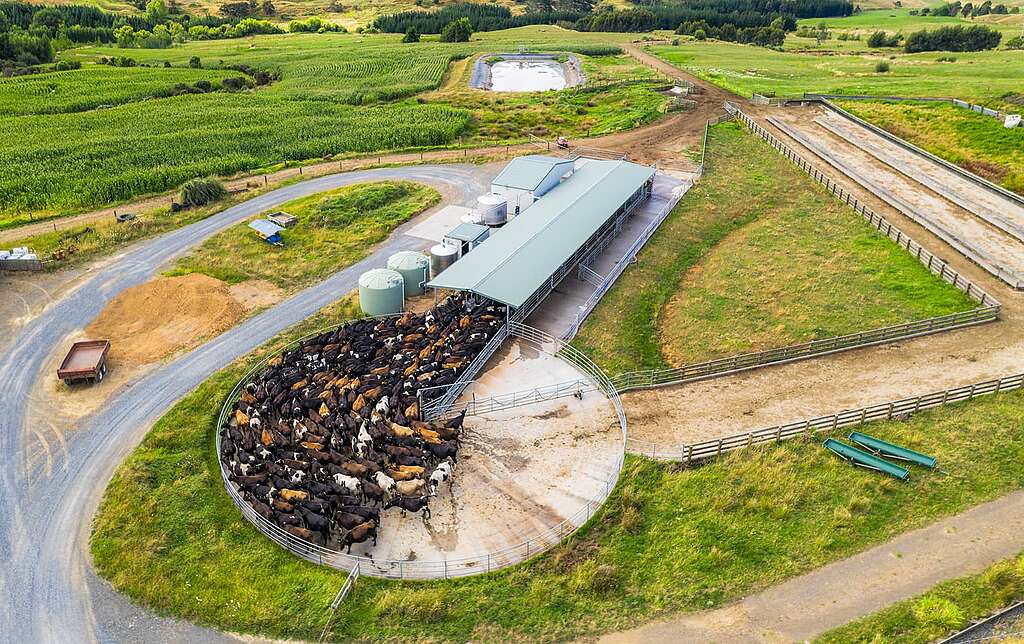
Instead of forcing the dairy industry to reduce emissions, the government is promoting a scientifically dubious method of accounting (called no additional warming) to downplay the real impact of livestock methane and avoid meaningful cuts.
New Zealand’s independent Climate Commission and the Parliamentary Commissioner for the Environment both oppose this change, but the government, backed by the agri-lobby, is forging ahead. Worse still, the government has cut $2.4 billion from climate programmes to fund tax breaks, while throwing millions at unproven “magic bullet” methane-reduction technologies – a classic case of greenwashing to protect business-as-usual.
Dairy industry polluters in the Cabinet room
The conflict of interest is blatant. Andrew Hoggard resigned as president of Federated Farmers in May 2023. Then, the next day, Hoggard joined the ACT Party, and once elected he managed to secure a Ministerial post. Not long after, the industry that once paid his salary was using its close relationship with him to influence government policy.
Greenpeace uncovered emails, text message exchanges, and documents revealing how agri-lobbyists helped shape the government’s freshwater rollbacks. But that’s not all. The Government has even adopted communications plans that were written by these lobbyists. From overturning court rulings to writing policy that benefits polluters, the dairy lobby has never been closer to the levers of power.
In a further sign of industry capture, the Prime Minister appointed a former DairyNZ scientist as his Chief Science Advisor. This was a shocking move, as Dairy NZ is well-known for lobbying against meaningful action on water and climate pollution. New Zealand’s science community has expressed concern about what this means for the environment.
What the New Zealand dairy industry’s political takeover means for you
All of this has real consequences. It means dairy expansion is beginning again in Canterbury. That means more cows, more fertiliser, more methane, and more pollution. It means rivers will be less swimmable, water less drinkable, and the climate we all rely on less stable.
But this isn’t the end of the story.
Over 30,000 people have signed a petition calling on the Prime Minister to keep his hands off freshwater protections. We’ve stopped disastrous projects before and we can do it again.
New Zealanders said no to nuclear ships. We stopped native forest logging. We kicked foreign oil companies out of New Zealand waters. Just this year, we buried the Treaty Principles Bill. When something threatens what it means to be a New Zealander – when fairness, nature, and community are under attack – we show up. We speak out. We don’t back down.
The choice ahead
The question New Zealanders need to ask now is simple: who do our environmental laws serve – the people, or the polluters?
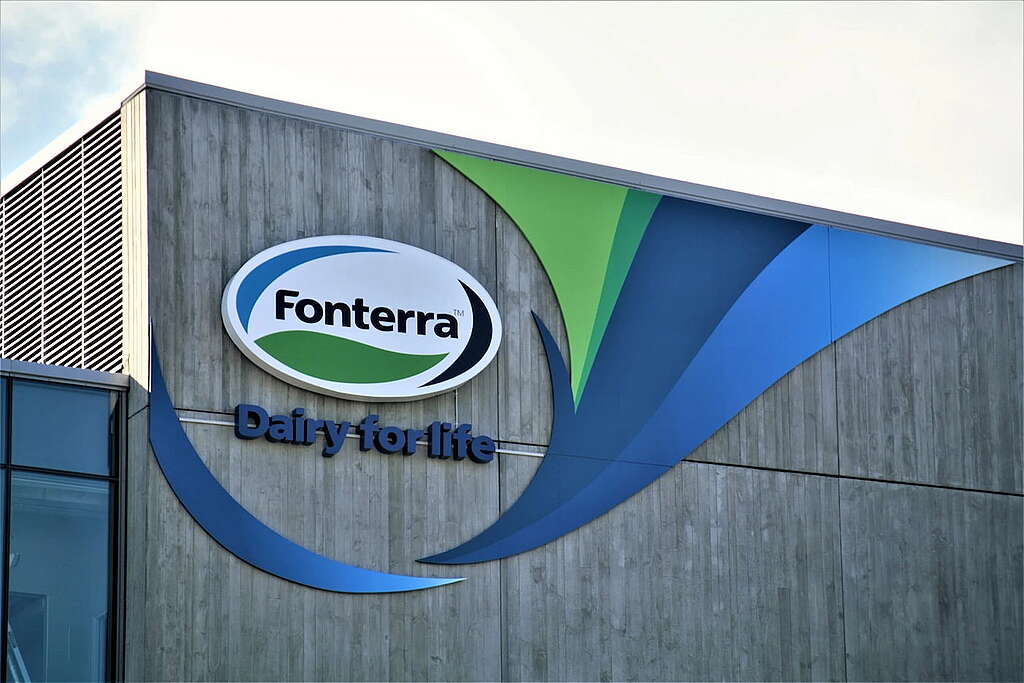
If you care about the health of Aotearoa’s rivers, the safety of drinking water, and the future of our children and grandchildren, now is the time to speak up. Demand transparency. Demand accountability. And demand that the government stop putting agribusiness profits ahead of public health and the planet.


